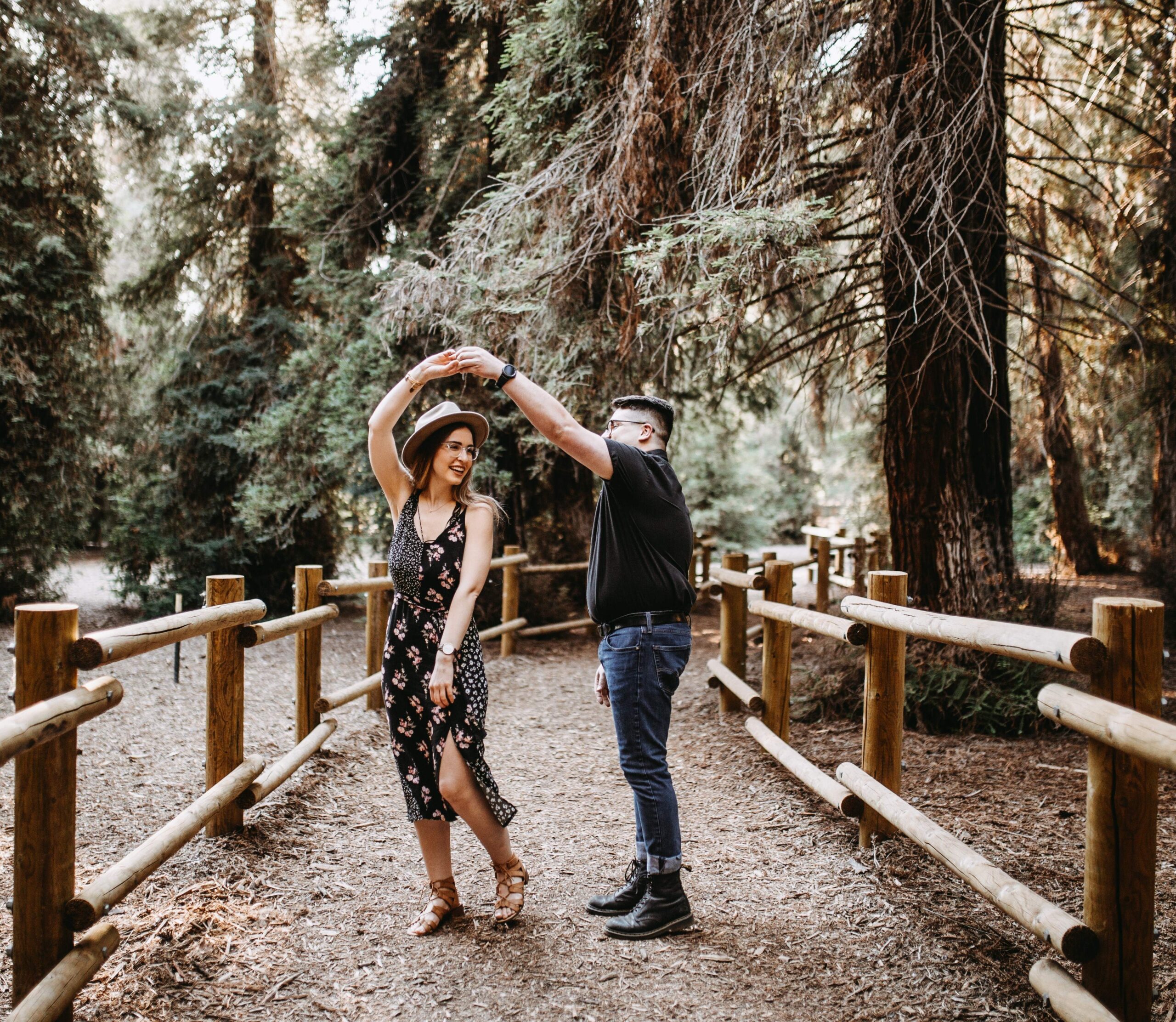The definition of vulnerability is uncertainty, risk, and emotional exposure – Brene Brown.
A tree doesn’t grow where it is hard and thick; a tree grows where it is soft, green, and vulnerable. Vulnerability is absolutely essential to growth. – Gabor Mate.
Vulnerability is not a sign of weakness. It can actually be a source of strength and connection, and it is essential for growth. Yet, so many people struggle to be vulnerable at work, and they decide to turn away from it and put up their defenses instead. So why do people feel special pressure to put armor on at work, and what kinds of armor do they wear?
This article explores how to work with vulnerability using
1. awareness
2. grounding
3. shifts to a vulnerable and courageous perspective and way forward.
Read on to discover provocative questions and inspiring stories of people who have walked the journey of embracing vulnerability.
In 15 years of leadership and organizational development and coaching, one of the biggest reasons I have seen people put on their social armor is the fear of rejection. We do not differentiate anymore between physical threat and the threat of social rejection. It’s not an accident that management presentations have been called “shark tanks” in corporations.
So, to decrease the risk of threat, we use cynicism to protect from disappointment, perfectionism to protect from failure, pleasing and overcommitting to avoid rejection outright — needing to be the knower and be right versus the learner and get it right. These are 100% words and actions driven by our fight-or-flight self – our inner critic – our saboteurs. They solve immediate issues; however, they do not deliver sustainable solutions and keys to unfolding true potential and happiness.
“Hope and fear cannot occupy the same space – invite one to stay.” – Maya Angelou.
So choose hope. If only it were so easy. A lot of these forms of protection are rewarded at work. So how do we know if we are rewarding the right thing? How do we know we are forcing a strength?
Step One: Awareness. Question: Am I being driven by hope or fear before I make this decision? Take this conversation? Reward and recognize this in my team?
How do we choose hope and courage then?
Courage is not the absence of fear; courage is fear walking. Walk directly into your fears, with your values as your guide, toward what matters to you. – Susan David.
To make vulnerability work, we meet our fear with courage until courage eclipses. Seems simple, right? Often it is. All it takes is a break in our workday and some gentle contemplation. However, depending on what we have in our calendars, what else we are carrying in our private lives, some days it is not so easy to interrupt the thriller taking place in our mind. When have I been the most vulnerable? When going through personal and professional changes. Moving countries, changing jobs, becoming a mother, sometimes two changes at once. Parenting a highly sensitive child.
My clients experience the same thing. One client says, “My journey was tough, triggered by a terrible family event, but this event gave me the courage to develop and grow. Being vulnerable also means acknowledging that I have areas for development, and allowing myself to see the possibilities in improving those areas.”
A tree doesn’t grow where it is hard and thick; a tree grows where it is soft, green, and vulnerable. Vulnerability is absolutely essential to growth. – Gabor Mate.
Step Two: Ground yourself. For some people, this means mini-meditation, physical relaxation, practicing extreme self-care (e.g., running, forest bathing, regular yoga practice, or other endless wonderful possibilities) to interrupt the thriller taking place in our mind. There is no right answer to this part. The right answer is the one that feels like ease and flow for you, and when you practice it, ease and calm reenter your space.
Step Three: Choose a vulnerable and courageous perspective and way forward.
If vulnerability were an ingredient in a recipe for good leadership, what else goes well with it?
When I work with clients, they often quote courage and empathy – for self and others. One client says, “….. what would go with it is authenticity, empathy, courage, but most importantly self-awareness, as this is where the journey to self-growth starts. Self-awareness makes vulnerability authentic, empathetic, and accompanied by a big heart to accept feedback.”
Empathy trick: If I were to talk to a best friend or my child who is facing a similar challenge, what would I say to acknowledge their courage and strength?
Curiosity is another key factor. We lean into the unknown with courage often when we approach it with curiosity, which often involves challenging our own assumptions about opening up to new things and confronting with a sense of desire to learn and confidence that things will work out. Also, to examine our intentions about opening up and being confident about them.
Purpose: often when we explore the changes we want to see in our world, what we can influence to effect those changes, we discover the courage to address challenges with openness and courage.
A few questions to ponder:
• What is the higher common purpose that I am serving by opening up?
• What is the best that could happen if I open up about a challenge with someone?
• What is the worst that could happen? Even if – what’s the likelihood I will be ok even a week later?
When we take a step further, we get to believe that we grow from facing these things and learning. Even if facing this challenge and opening up is hard, what will I learn that will serve me later? In what way can I come out stronger?
The more we face our next frontier of development with vulnerability and courage, the more we get to become the people we need in our own lives and feel at peace with ourselves. I will leave you with this quote from another client: “It’s a lot about courage, courage to show up as myself, and this is something I learned over time. I liked my real self so much more than the girl trying to blend, be invisible, and please everyone.”
Further resources on vulnerability:
Interview with Adam Grant and Brene Brown on What Vulnerability Isn’t: https://www.ted.com/pages/taken-for-granted-brene-brown-on-what-vulnerability-isn-t-transcript
How to have vulnerable “Rumble Conversations” Toolbox from Brene Brown: https://brenebrown.com/articles/2019/05/01/lets-rumble/
Interview with Jay Shetty and Gabor Mate on the Root Cause of Trauma and the Myth of Normal, where they explore vulnerability and growth: https://youtu.be/OTQJmkXC2EI







